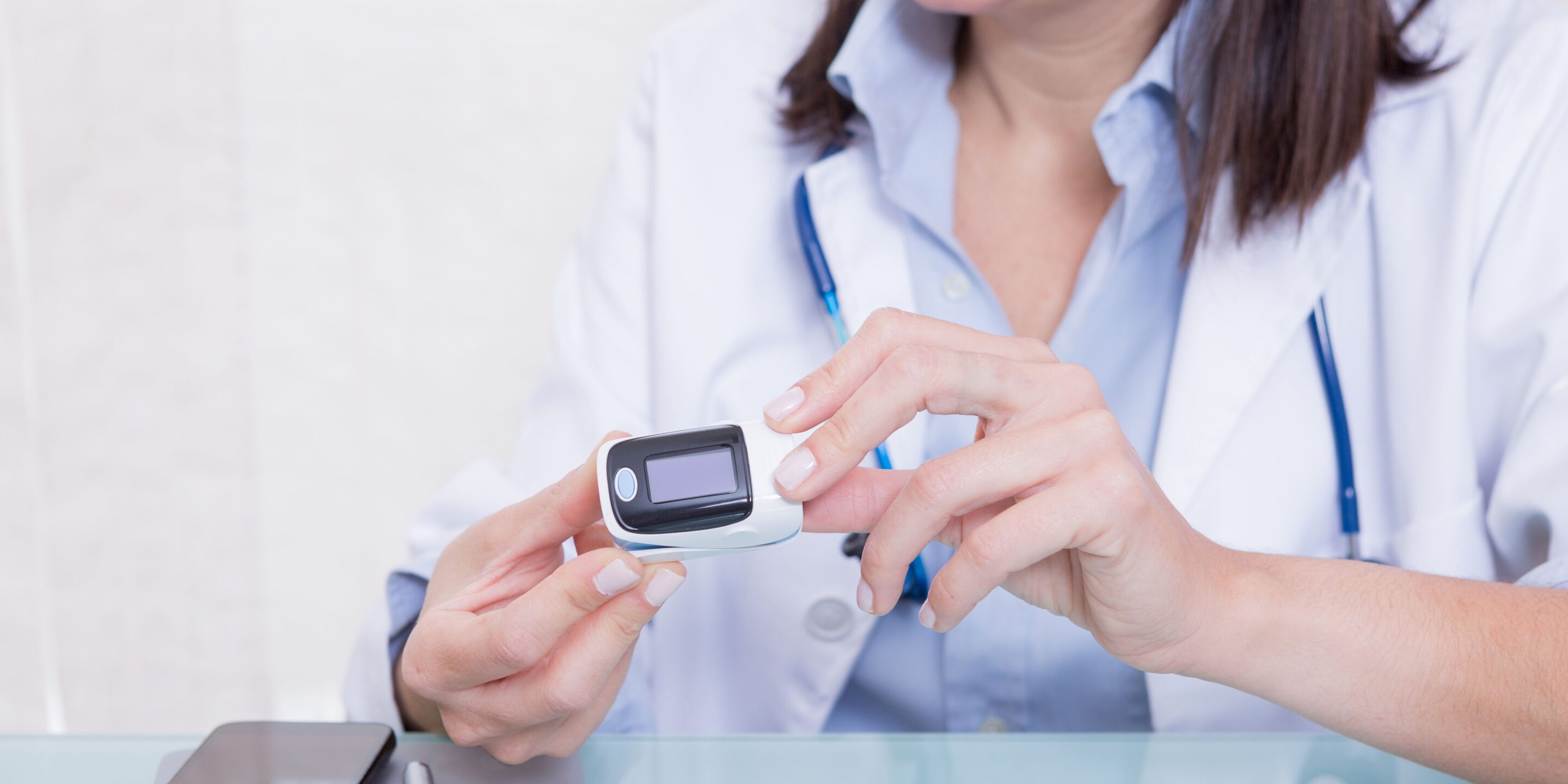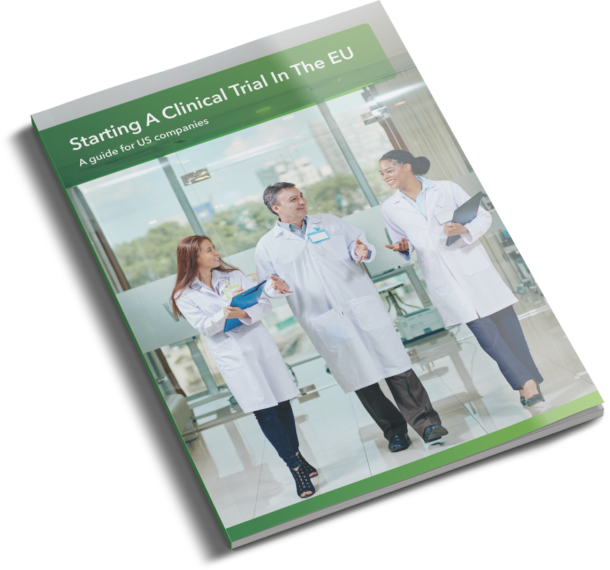Medical devices are vital for diagnosing, treating and monitoring diseases, saving lives and keeping us alive. There are about 2 million medical devices on the market today, in more than 7,000 categories. Each of them underwent a journey from innovation through clinical trials to the market. Here we look at medical devices, the challenges you can face with a trial and how to overcome them.
Small biotech companies are driving innovation in the clinical world, and medical devices are no exception. Small companies like these are well suited to innovating and can break the mold faster than their larger (and therefore often slower) multinational counterparts. The challenge comes when the companies are ready to test their medical devices in the market – at this point, they need to carry out a clinical trial, which can be complex, difficult, time-consuming and costly.
At Siron Clinical we have worked on more than 120 trials over the last two decades, including for medical devices. While there are obstacles in the way of launching a medical device, the clinical trial process doesn’t have to mean the end. Here’s what you need to know about medical device clinical trials, and a few top tips for success.
What are medical devices and how are they regulated?
According to the World Health Organization (WHO), “A medical device can be any instrument, apparatus, implement, machine, appliance, implant, reagent for in vitro use, software, material or other similar or related article, intended by the manufacturer to be used, alone or in combination for a medical purpose.”
Since this can encompass everything from a contact lens to an MRI machine, it’s useful to have a categorization system. The U.S. Food and Drug Administration (FDA) categorizes medical devices into three classes:
- Class I: non-invasive medical devices with the lowest risk level, including wheelchairs and crutches.
- Class IIa:invasive medical devices with low to medium risk that are used short-term, including hypodermic needles and dental fillings.
- Class IIb:invasive medical devices with medium to high risk that are usually used for longer than 30 days, including lung ventilators and bone fixation plates.
- Class III: invasive medical devices with the highest risk level, including pacemakers and prosthetic heart valves.
Similarly, the European Medical Devices Regulation (EU) 2017/745 (MDR) divides medical devices into classes I, IIa, IIb and III, considering their intended purpose and risks.
In both cases, the higher up the classification system a medical device moves, the more strictly regulated it is. Class I devices usually don’t require full clinical evaluation, but Class III devices must go through a clinical trial.
In Europe, the MDR requires a medical device to undergo clinical investigation in order to be CE marked – a requirement for entry onto the European market.
What does a medical device trial look like?
While there are similarities between clinical trials of drugs and those of medical devices, there are also some key differences. The biggest difference is that medical device trials only involve participants that are intended to benefit from the device – e.g. those with the disease a medical device is designed to monitor.
There are three stages of medical device clinical research:
- Pilot – an exploratory or feasibility study aims to explore how safe and effective the medical device might be and to establish its limitations.
- Pivotal – the key trial for regulatory approval, designed to show the safety and effectiveness of the device in its target group.
- Post-market – a study to monitor adverse effects and long-term effectiveness and to provide additional information.
What challenges can you face with a medical device clinical trial?
When you run a medical device clinical trial, you face many of the same challenges as you would in a traditional drug trial: funding, staffing and enrollment, for example. But there are also some specific challenges to consider when you begin planning.
One of the biggest challenges is designing the trial and selecting endpoints. A 2017 review by a group of researchers across Europe recommends “applying the randomised clinical trial design when assessing the benefits and harms of medical devices.”
However, since a medical device trial only involves participants from the target group – i.e. those with the disease, condition or need the device aims to support – randomization is a challenge. It can be impossible to blind the participant or investigator and difficult to establish a control group.
The device itself can also be challenging. Since a medical device on trial could be new and therefore unfamiliar technology, those involved in the trial need to learn how to use it, which can take time and resources. In the absence of clear usage guidelines, there may be differences in how people use it, and there is always a risk of malfunction.
Our top tips for running a successful medical device clinical trial
At Siron Clinical, our experts apply their decades of experience to make sure these challenges don’t hamper the progress of a medical device going to market.
Be innovative with your trial design. Randomized controlled trials are still the gold standard in clinical trials, but they are not the only way to assess a medical device. By applying the innovative thinking behind your device design to the trial design, you could find a new way to approach the clinical evaluation and avoid roadblocks. For inspiration, explore some of the FDA’s selected innovative trial designs.
Ask for expert advice on outcomes. When determining an appropriate endpoint is challenging, you could consider consulting independent experts – for example, through an endpoint adjudication committee. Such experts can be helpful when you’re facing difficulties like being unable to blind the study or having a subjective endpoint.
Get support to fill gaps. A medical device clinical trial can be complex and time-consuming, taking up precious resources, especially for a small company. You don’t have to do it all yourself. A CRO like Siron Clinical can help you foresee and mitigate risks, design the trial with potential challenges in mind, and get your device on to the market faster.
Our experience with complex clinical trials of medical devices and across a range of therapeutic areas gives us a breadth of expertise you can use to tackle your clinical trial challenges. Contact us to discuss your needs and get started.




0 Comments